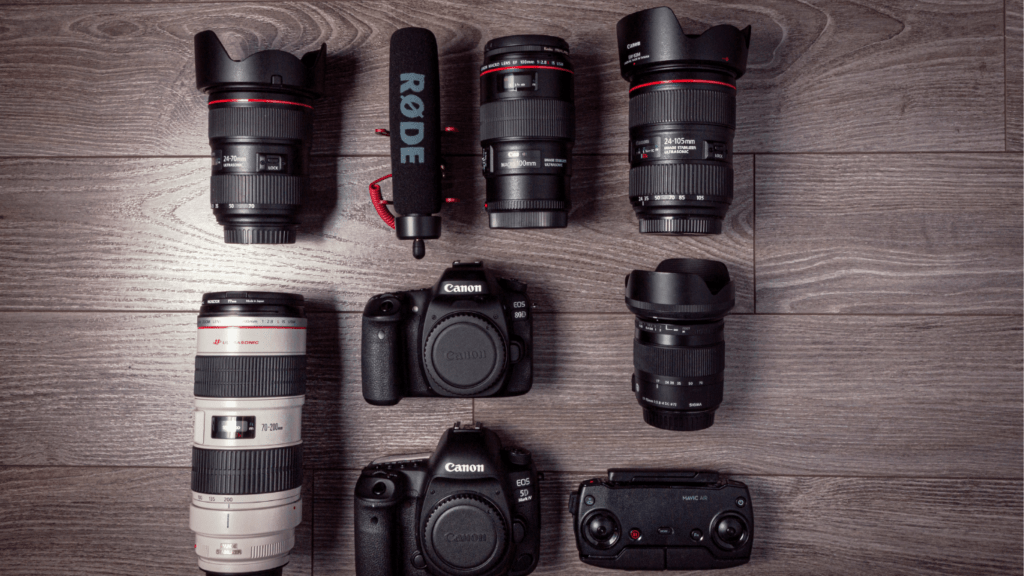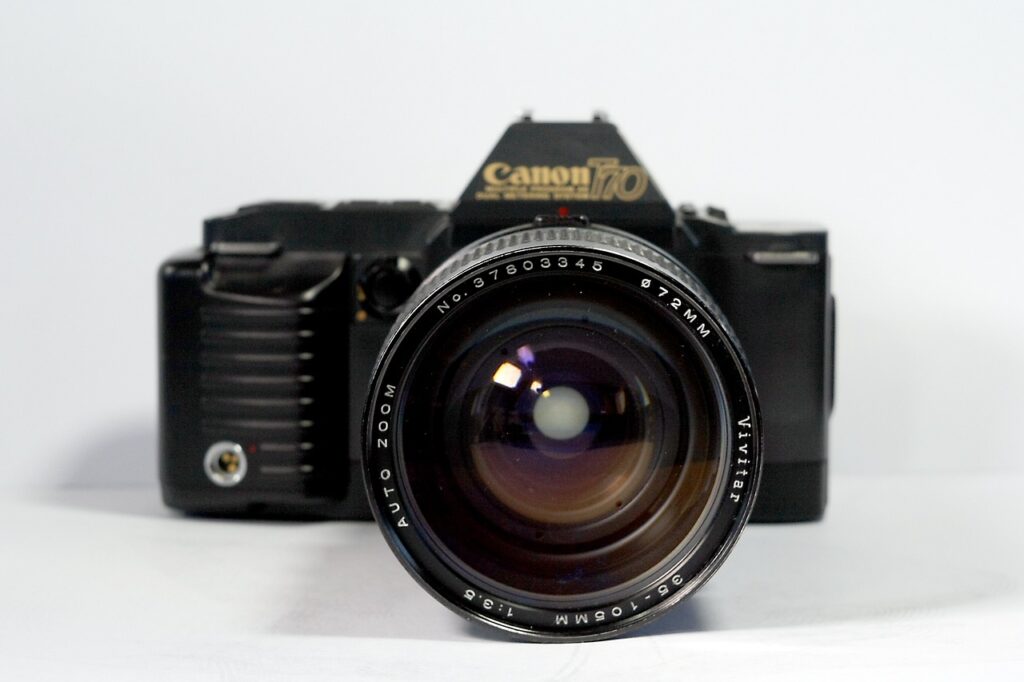When it comes to capturing breathtaking landscapes, the lens you choose can make or break your shot. I’ve spent countless hours exploring the great outdoors, and I’ve learned one thing—your lens is just as important as your eye for composition. But with so many options out there, how do you decide between a prime lens and a zoom lens for your next adventure?
Each type of lens has its strengths, and the choice often boils down to your shooting style and the kind of landscapes you’re chasing. Whether you’re drawn to the sharp precision of a prime lens or the versatility of a zoom, understanding their unique features can elevate your photography game. Let’s dive into the ultimate lens battle and uncover which ones truly stand out for stunning landscape shots.
Understanding The Basics: Prime Vs Zoom Lenses
Selecting between prime and zoom lenses is fundamental to excellent landscape photography. Both options offer distinct advantages, catering to different creative styles and practical needs.
What Are Prime Lenses?
Prime lenses have a fixed focal length, such as 35mm or 50mm. Their design often includes fewer moving parts, resulting in sharper image quality and superior performance in low light. Because they specialize in one focal length, prime lenses excel in creating detailed and crisp photographs. Many landscape photographers favor primes like the 24mm f/1.4 for wide, accurate compositions.
What Are Zoom Lenses?
Zoom lenses cover a range of focal lengths, such as 24-70mm or 70-200mm. This versatility allows photographers to frame shots without physically changing positions. Despite having more complex construction, modern zoom lenses offer excellent optical quality. Popular choices, like the 16-35mm f/4, are great for capturing sweeping landscapes or distant elements in a scene.
Key Differences Between Prime And Zoom Lenses
| Feature | Prime Lenses | Zoom Lenses |
|---|---|---|
| Focal Length | Fixed (e.g., 50mm) | Variable (e.g., 24-70mm) |
| Sharpness | Generally sharper | Slightly less sharp |
| Low-Light Ability | Better for wide apertures | Limited by smaller apertures |
| Portability | Smaller and lighter | Often larger and heavier |
| Flexibility | Limited, fixed perspective | High, multiple perspectives |
Prime lenses prioritize quality and simplicity, while zoom lenses offer functionality and adaptability. Understanding these differences helps in choosing the right tool for diverse landscapes.
Top Prime Lenses For Landscape Photography

Prime lenses are a popular choice for landscape photography due to their fixed focal lengths and ability to deliver exceptional sharpness and image quality. Their simplicity in design often translates to superior performance in key areas.
Features To Look For In A Prime Lens
- Aperture size plays a critical role in low-light scenarios or when isolating foreground details.
- Wide apertures, like f/1.4 or f/2.8, enhance performance in limited light.
- Focal length impacts composition; wide-angle options like 24mm capture expansive scenes, while 35mm provides a more natural perspective.
- Build quality matters for durability alongside weather sealing, which protects the lens in challenging environments.
- Distortion control ensures image edges remain sharp, avoiding warping in your landscape shots.
Best Prime Lenses On The Market
The Sony FE 24mm f/1.4 GM offers minimal distortion and exceptional clarity, making it perfect for wide vistas. The Canon RF 35mm f/1.8 Macro IS STM, with its image stabilization and versatile focal length, excels in both landscapes and close-up details. The Nikon Z 20mm f/1.8 S combines advanced optical design and robust weather sealing, ideal for conditions requiring resilience. For those valuing budget and quality, the Sigma 24mm f/1.4 DG HSM Art provides stellar performance at a competitive price.
Best Zoom Lenses For Stunning Landscapes
Zoom lenses offer versatility, allowing photographers to adjust focal lengths without changing lenses. They’re ideal for diverse landscapes, adapting from wide-angle views to tighter compositions.
Features To Look For In A Zoom Lens
Look for a wide focal length range to cover varying perspectives. For example, a 16-35mm lens captures sweeping vistas, while a 24-70mm lens suits diverse scenes. Opt for a constant aperture for consistent exposure, such as f/2.8 or f/4 across the zoom range. Weather sealing is essential for outdoor shoots in unpredictable conditions. Check for advanced coatings to reduce glare and chromatic aberrations, ensuring excellent optical quality. Image stabilization helps minimize camera shake, especially in low-light settings.
Recommended Zoom Lenses For Landscape Photography
I recommend the Canon EF 16-35mm f/4L IS USM for its sharp optics, effective image stabilization, and robust build. The Nikon NIKKOR Z 14-30mm f/4 S works well for ultra-wide shots, offering edge-to-edge clarity and compact design. Sony’s FE 24-105mm f/4 G OSS delivers a broader focal range, flexibility, and stunning detail. For Fujifilm users, the XF 10-24mm f/4 R OIS WR combines wide-angle capability with weather-resistant construction. The Sigma 18-35mm f/1.8 DC HSM Art provides exceptional sharpness and constant f/1.8 aperture for APS-C cameras, notably enhancing low-light performance.
Comparing Prime And Zoom Lenses For Landscapes
Deciding between prime and zoom lenses for landscapes involves comparing their strengths and limitations. I find that evaluating performance, portability, and value helps photographers identify the best lens type for their unique needs.
Performance And Image Quality
Prime lenses provide superior sharpness and clarity by design. Their fixed focal lengths minimize optical distortions, making them ideal for capturing detailed landscape features, like textures in rock formations or intricate tree patterns. Lenses such as the 35mm f/1.4 deliver excellent edge-to-edge sharpness and vivid colors.
Zoom lenses, though slightly less sharp, offer remarkable flexibility to frame varied compositions. Modern zooms, like the 24-70mm f/2.8, incorporate advanced glass elements and coatings that deliver top-tier clarity and reduced chromatic aberration. I notice the slight trade-off in sharpness is offset by their framing convenience.
Portability And Versatility
Prime lenses, being smaller and lighter, are easier to transport during long hiking sessions. For example, a 20mm f/1.8 lens can fit in most camera bags without adding much weight. I value their lightweight nature when shooting in remote locations.
Zoom lenses, offering multiple focal lengths in a single body, reduce the need to carry extra lenses. Although heavier, options like the 16-35mm f/4 provide unmatched flexibility for diverse landscape scenarios, from wide-angle vistas to tighter forest scenes.
Value For Money
Prime lenses often provide better image quality for a lower price. A lens like the Sigma 24mm f/1.4 Art offers exceptional quality without breaking the bank, making it a go-to for cost-conscious photographers focused on sharp detail.
Zoom lenses, while typically more expensive, justify their cost with unmatched versatility. A single zoom lens can replace several primes, making models like the Canon EF 24-105mm f/4 an economical choice for those needing adaptability during travel. I balance value by considering how often I’ll use the versatility over pure optical performance.




